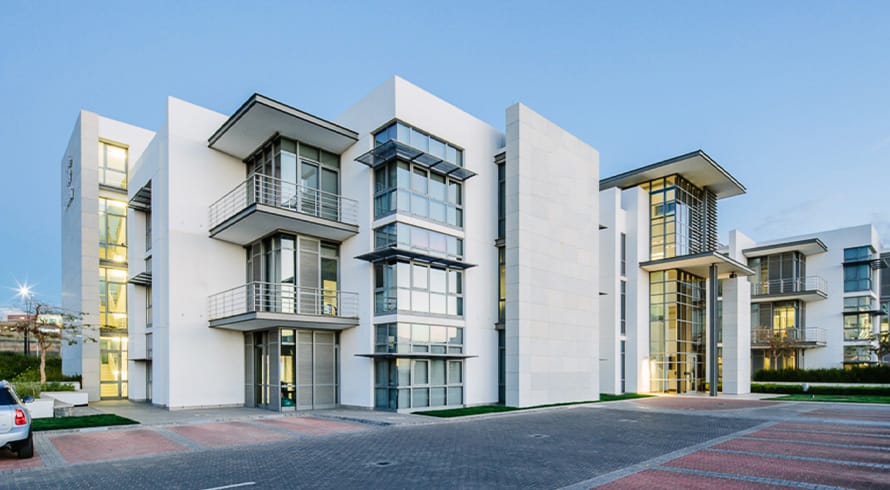I Decide = I Am Exhibition
This is an extract from the life story of Thato, one of many individuals in South Africa living with a psychosocial disability. Despite South Africa being a state party to the Convention on the Right of Persons with Disabilities (CRPD), people like Thato still face ongoing discrimination and our current legal system continues to follow an outdated “substituted decision-making model” in terms of which people such as Thato are deprived of legal capacity and are assigned curators or administrators to make decisions on their behalf.
The I decide = I am exhibition, authored by Bulgarian illustrator Nadezhda Georgieva and award-winning journalist and human rights activist Yana Buhrer Tavanier, aspires to raise awareness around the many forms of discrimination faced by people like Thato. It aims to do so through the personal stories of sixteen persons who have been denied legal capacity. It further calls for law reform in accordance with Article 12 which affirms unequivocally that all persons with disabilities have full legal capacity and are entitled to equal recognition before the law.
The exhibition features emotive images by South African artist Daniel Mosako that piece together the recent death of 141 patients in the Life Esidimeni tragedy.
Mosako explains his works thus: “ …[T]he three artworks portray a puppet master who is manipulating the independence and will to live of innocent intellectually challenged people. Unjustly so as and when the puppet master’s strings snap a valuable life equivalence is also snapped at the master’s digression.”
To celebrate our turn in hosting the exhibit, CDH held a cocktail event at our Sandton offices (in partnership with the Centre for Human Rights) where the exhibit was displayed during the month of October. Former Justice of the Constitutional Court, struggle stalwart and activist Zak Yacoob, delivered a stirring address at the event.
To view his full address, click here.
The well-attended event provided legal professionals, colleagues, clients and the business community as a whole with an opportunity to view the exhibition and contemplate the serious issues raised in a relaxed and collegial environment.
The event was a build-up to the annual Disability Rights in Africa Conference that is being hosted at the Centre for Human Rights, the University of Pretoria this week, during which the Pro Bono and Human Rights Practice will present its paper on supported decision making in an African context. The paper will be presented in a breakaway parallel session on legal capacity and law reform.
The conference brings together scholars, researchers, practitioners, human rights activists, advocates for law reform, civil society groups, policymakers, lawyers and analysts from across the continent. This year the conference will focus on the implications of the CRPD for the African region with particular reference to article 13 (right to access to justice) and article 12 (right to equal recognition before the law) along with the development of strategies for the effective domestication and implementation of articles 12 and 13 and the interplay between same.
The exhibition began its South African journey at the South African Human Rights Commission and toured five different organisations throughout the year, and will end at the University of Pretoria, where it will be displayed for its final few days during the Disability Rights Conference.
The information and material published on this website is provided for general purposes only and does not constitute legal advice. We make every effort to ensure that the content is updated regularly and to offer the most current and accurate information. Please consult one of our lawyers on any specific legal problem or matter. We accept no responsibility for any loss or damage, whether direct or consequential, which may arise from reliance on the information contained in these pages. Please refer to our full terms and conditions. Copyright © 2025 Cliffe Dekker Hofmeyr. All rights reserved. For permission to reproduce an article or publication, please contact us cliffedekkerhofmeyr@cdhlegal.com.
Subscribe
We support our clients’ strategic and operational needs by offering innovative, integrated and high quality thought leadership. To stay up to date on the latest legal developments that may potentially impact your business, subscribe to our alerts, seminar and webinar invitations.
Subscribe




